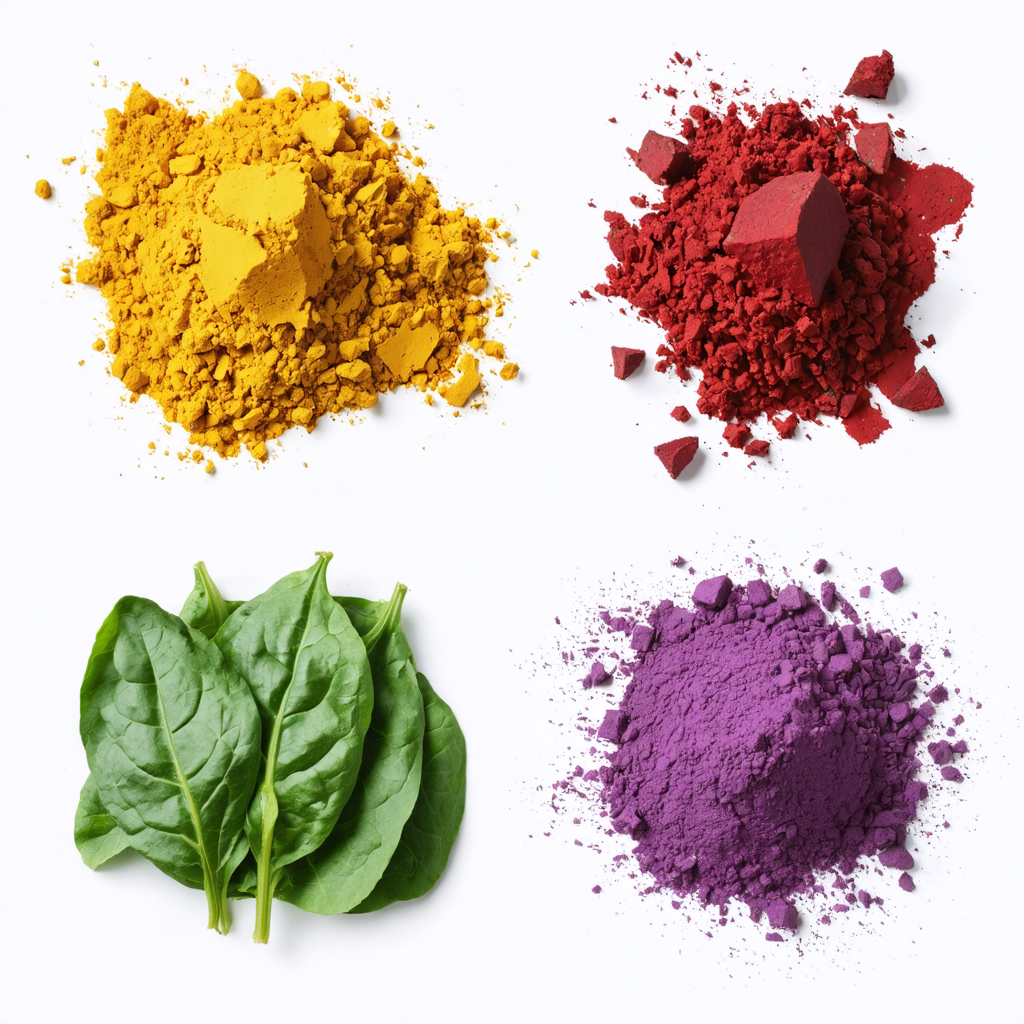Natural food color is quite dominant in plants, minerals, vegetables, fruits, and other edible natural products.
Natural food color is free from compounds such as glycerin, and costlier. These compounds are commonly found in synthetic colors and their toxins are harmful to human health.
Food colors are sold in smaller quantities in small dropper bottles. The colors can also be obtained in bulk also. Natural organic colorants are useful to individuals with allergic reactions to artificial and synthetic food coloring.
The colorants are safe, easy to make, and work as organic colorants with little to no effects on your health. Moreover, adding color to food is ideal as it makes food products look more attractive and appealing to taste.
Natural food colors are essential in preserving food color, in order to manipulate consumers’ sensory perception.
Table of Contents
ToggleBenefits of using natural food colors
Organic colorants come with incredible amounts of nutrients beneficial to your health.
Spirulina, for example, is used as a natural blue food color that contains multiple essential minerals. Calcium, Iron, B vitamins, and Magnesium are some of these minerals that help keep the endocrine system in check.
The blue food coloring, obtained from spirulina, is also a high source of protein. The food dye also contains anti-inflammatory properties, which help reduce inflammation, and sometimes pain.
According to King Arthur Flour‘s renowned baker and a big proponent of natural food coloring, Susan Reid, naturally occurring foods and spices have tons of nutritive value.
A number of fruits and spices used to make food colors have tremendous health benefits.
- Wheat grass has amino acids, vitamins and iron
- Calcium, vitamins and folate can easily be obtained from spinach.
- Berries contain phytochemicals, vitamins and folic acid as well.
- There are tons of health benefits surrounding turmeric. The spice has anti-inflammatory properties, and slows cancer metastasis. Moreover, turmeric helps with a range of dermatological diseases.
Nailing the right shade in your food
Common spices, fruits, and vegetables can be used to extract natural food colors. This makes is quite easy to obtain ingredients required.
To get a natural red or pink color, you can use beet powder or freeze-dried berries. Pomegranate juice also works just as well.
For a yellow pigment, you can use ground turmeric. You can use blueberry juice or powder to acquire a blue shade as well.
For a green pigment, you can use spirulina, spinach powder, or chlorella.
Carrot juice or powder will help you obtain an orange pigment. Also, you can use paprika, saffron, fruit juices, and carmine to obtain the desired hue.
Finally
It is important to note that despite the numerous benefits of natural food colors, just be careful not to use too much.
Food colorants also provide pigments, flavoring, essential vitamins, and organic acids as well. Thus, the next time you want to add a bit more color to your dish, natural food colorants are the way to go.




